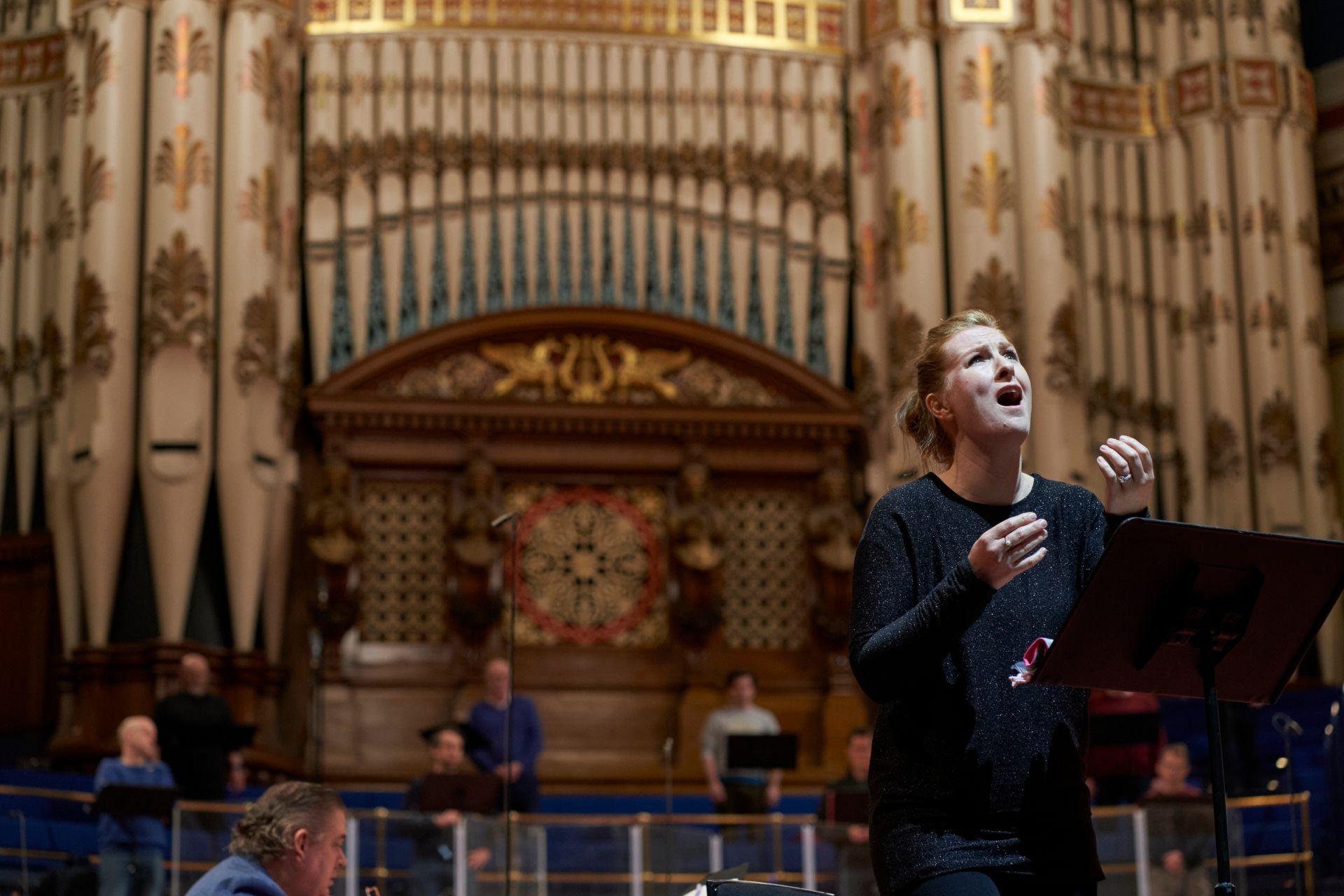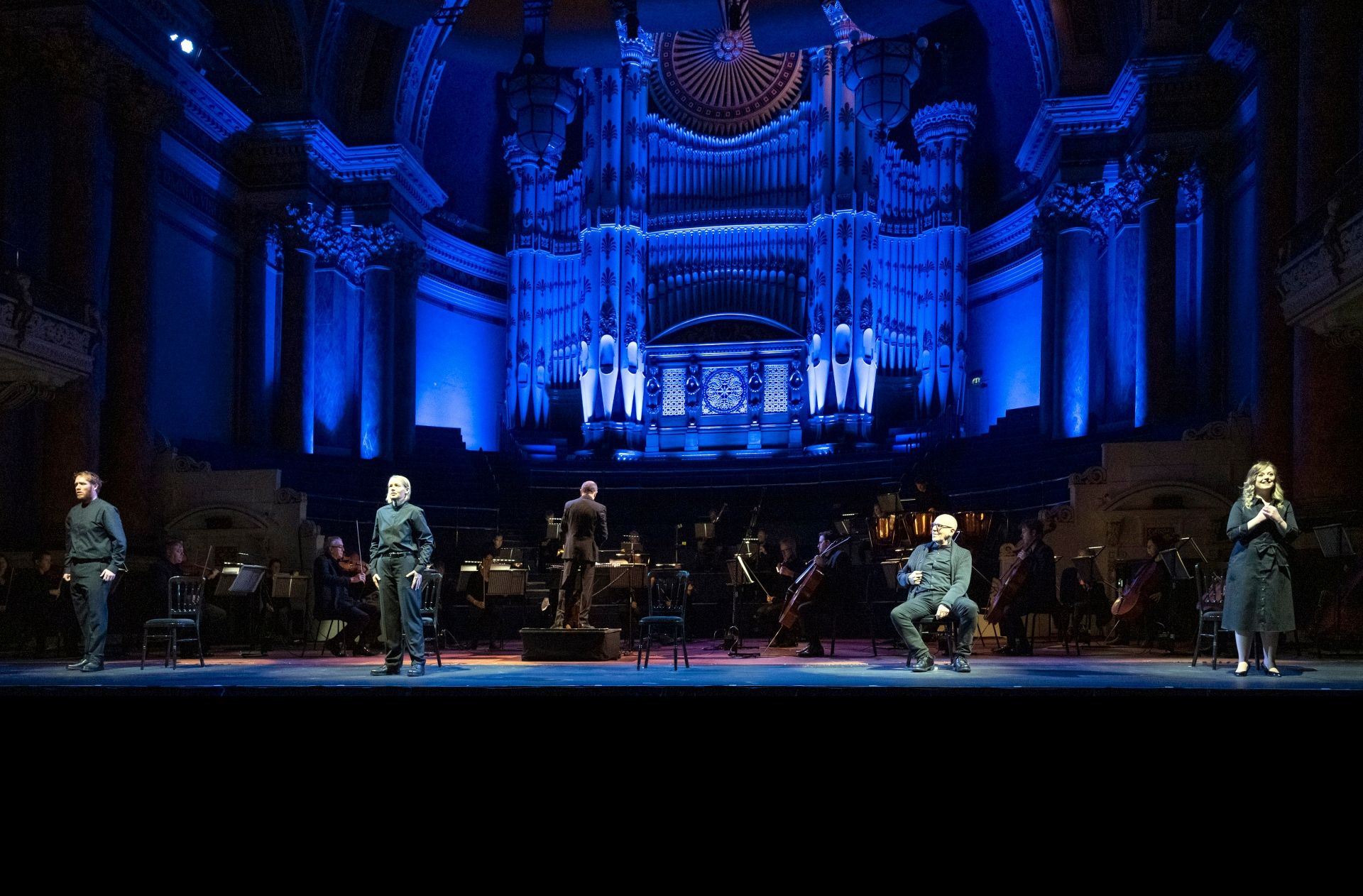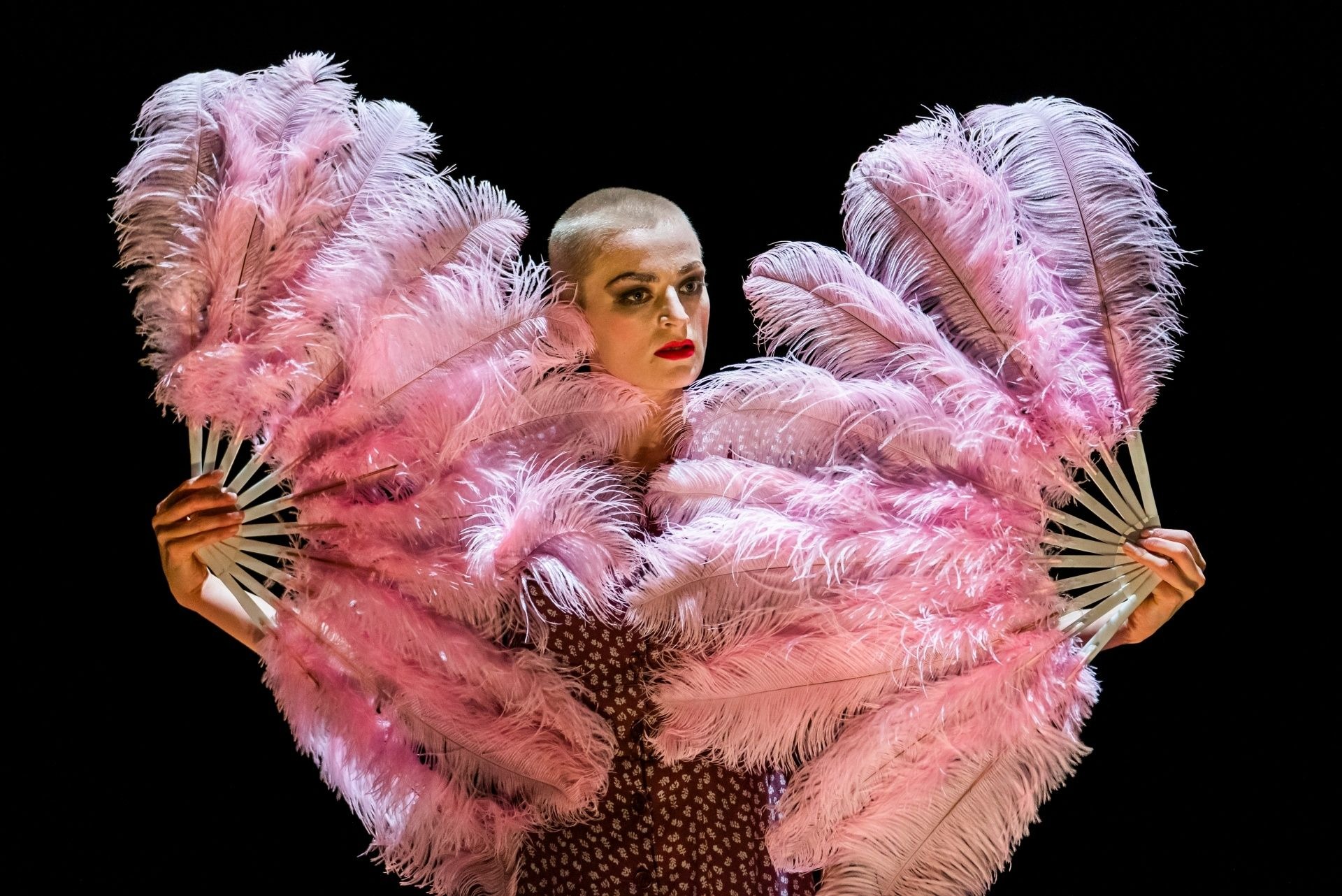A classic opera is given a moving, immersive and delightful production.
Tosca is a strange opera, inasmuch as it is at once musically great and dramatically unsatisfying. Those who are familiar with the opera will know that its ‘surprise’ ending can be seen from a mile off, that it contains almost no end of melodrama in its plot, and that it can appear rather gruesome, with, to quote Alexandra Wilson’s fine programme notes, ‘the escape of a political prisoner, a torture scene, an attempted rape, a murder, an execution, two suicides’. It is a political drama, but without the tight, compelling and intelligent plot of (say) Verdi’s Un Ballo in Maschera, which Opera North staged last season.
Nevertheless Tosca remains a complete classic for the beauty of Puccini’s harmony and orchestration, and his great feeling for music as a means of dramatic expression, by which he lifts a rather mediocre story up to much greater heights. There are many tender moments in the score that can almost coax a tear despite their brevity: but, given the subject, the score is mostly tempestuous, and indeed reaches such an intensity of expression as to seem virtually Mahlerian!
The first Act was perhaps the most impressive. The conductor, Antony Hermus, enters the pit without applause and prompts the brass to thunder out the opera’s opening fortissimo chords as the escaped political prisoner Angelotti (a republican in rebellion against the royalist government) runs on stage looking for sanctuary in the church which is the setting for the whole act. The set is beautifully done: there are several sacred statuettes surrounded by prayer candles in the background, whilst in the foreground the artist Cavaradossi—a major character played by Opera North favourite Raphael Rojas—works on a panel for the domed ceiling of the church.
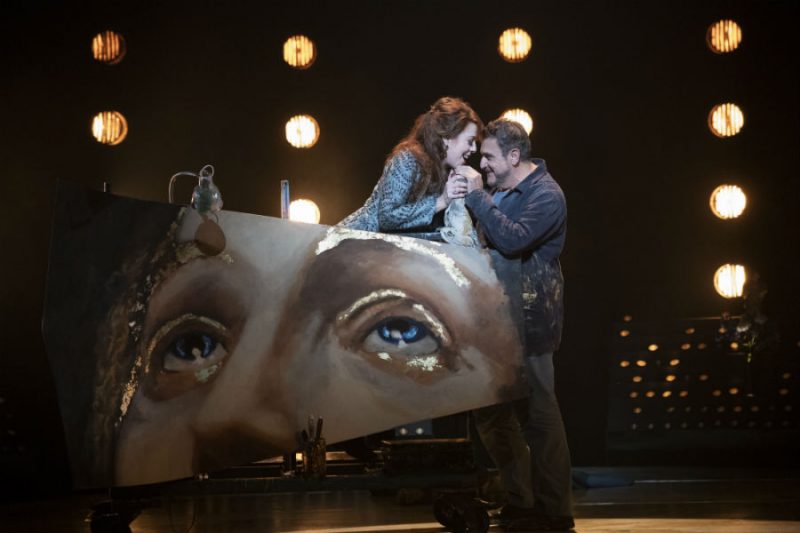
The music cools and turns sweet as the benevolent priest makes preparations for the entry of the artist, Cavaradossi. As the latter works, his lover Floria Tosca (Giselle Allen; played by Susannah Glanville in some other performances) enters and the two have their lovers’ tiffs and makeups—most beautifully in Cavaradossi’s ode to Tosca’s ‘dark eyes’. But the political urgency explodes again when Angelotti must escape in order to avoid the villain of the piece, Baron Scarpia, played wonderfully by Robert Hayward. The Act comes to a magnificent close as Scarpia plans his revenge on Angelotti and Cavaradossi (who has helped the republican to escape). He does so amidst the church service, creating a fascinating mixed texture of sacred liturgical choral singing, and the soliloquies of a sadistic tyrant. The background lights which have lit the scene gently throughout explode with brightness as the music climaxes, and the Act concludes.
Act II is a more uncomfortable and even unpleasant affair. However, the offstage gavotte and Cantata were true delights. The Act is entirely situated in Scarpia’s quarters, and indeed his bed is at the centre of the stage. Cavaradossi is captured and brought to him, and he is at length taken to be tortured when he will not reveal the whereabouts of Angelotti. Scarpia watches this on a cheap laptop (surely a Baron would have something a bit more flashy), and later offers Cavaradossi’s release on the condition that Tosca goes to bed with him. She assents, and he records her as she begins to undress on his iPhone. This went on for a bit too long, and was silly and unnecessary to begin with. The laptop was a bit less offensive, since it clearly served a function; but the iPhone recording made no sense. It is here that the drama begins to wear thin: Scarpia is almost a cartoon villain. On the way out, I heard some audience members comparing him with Harvey Weinstein (and it does seem the production suggested this). But is it useful—is it productive or reductive—to compare Weinstein to a cartoon villain? Anyway, he is soon done away with by Tosca, who stabs him just as they embrace. This was sufficient, but the further measure of slitting his throat was a bit much for a Sunday afternoon.
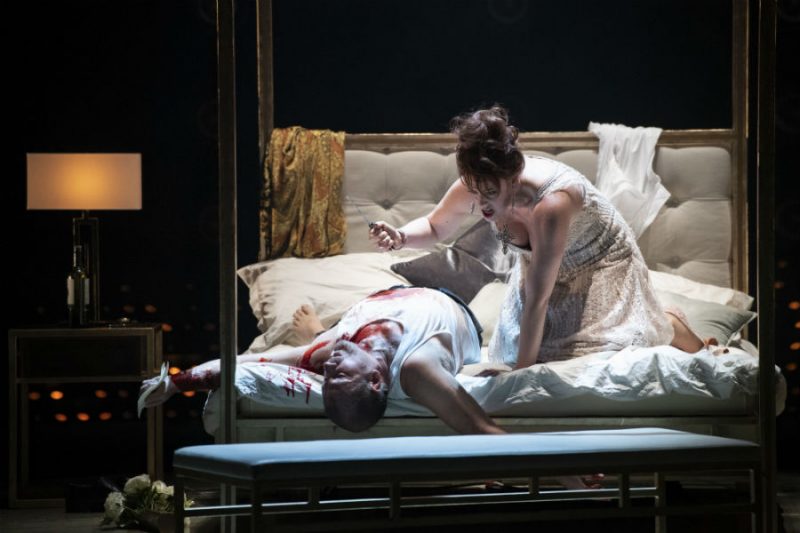
The third Act opens beautifully with the song of the shepherd boy against the background of the matins bell. And in this production, it is beautifully staged, too: the boy sits in what was the domed church roof in the first Act, though it is now on its side on the floor. He sits in the middle in silhouette as light pours in behind him. He exits, and we see Cavaradossi chained by the leg to a post, awaiting death. He reflects on his past with Tosca, and here comes the famous aria ‘E lucevan le stelle’—the most famous but hardly the greatest part of the opera.
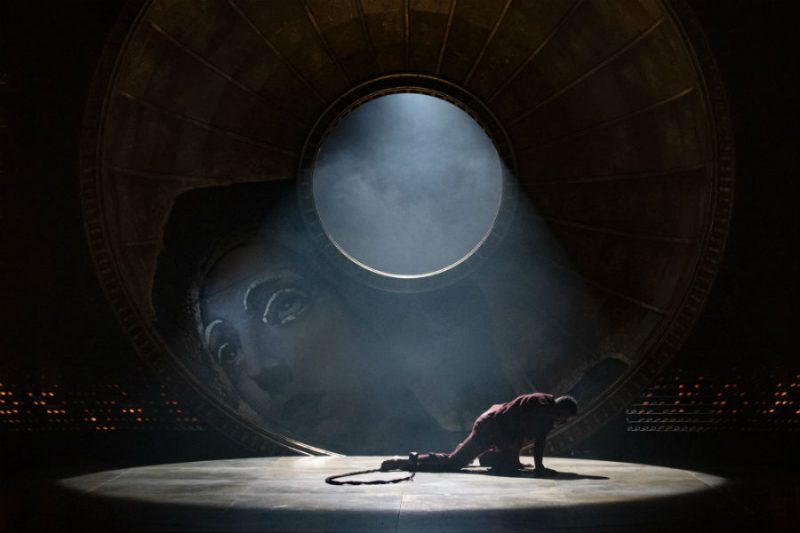
Tosca believes she has a way out: she had Scarpia agree to a mock-execution as part of their deal in Act II. Of course the naïve singer is not a very good judge of character; Scarpia is (or was) unfathomably cruel, and the execution is quite genuine. Although one can see this coming a mile off, the manner in which the production staged the execution was still gripping, and I applaud the company for making it so. When Tosca discovers the death of her lover, she runs from the authorities to the structure which was the church roof, and jumps to her death. The stage lights turn blindingly bright (I did not think I would need sunglasses at the Opera!) and the curtain falls to great applause.
Of course, the music is the real delight in all this, and the Orchestra of Opera North, led by Antony Hermus, were beyond reproach in the sensitivity of their playing and the clarity and richness with which they realised Puccini’s inspired music. My only complaint would be that the conductor, Hermus, was so passionate in his art, that sometimes he was louder than the orchestra! The singers were without exception very, very fine, although one or two ancillary characters were quiet against the sometimes thunderous orchestra (at least from where I was sitting in the front row, right above the orchestra pit).
The set design, by Tom Scutt, along with the lighting by Lee Curran, as I have said, were fantastic and truly a highlight of this production. The costumes (designed by Fotini Dimou) were acceptable but not generally memorable except in the conclusion of Act I, where clergy and congregation are turned out very finely. But from the costumes it seemed that the production was unsure whether it was set in the 20th or 21st century. Can characters be dressed as if they were in a film from the first half of twentieth century in the first Act, if we are expected to accept computers and iPhones in the second, and a shepherd boy in the third?
Nonetheless, overall a great presentation. It was a bit strange to witness this opera at between three and five on a Sunday afternoon, which robbed it of a little of its atmosphere, but this is a minor point. Overall very enjoyable and moving.
www.operanorth.co.uk
Feature photograph by Richard H Smith: Robert Hayward as Scarpia, with the Chorus of Opera North

